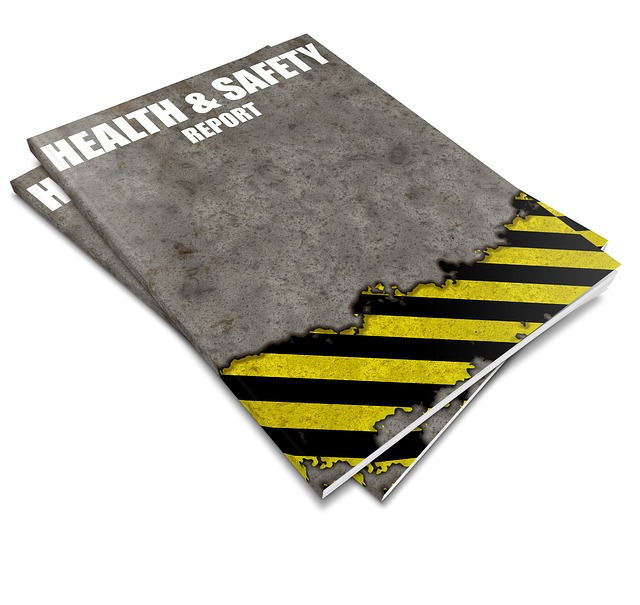Working at a steel factory is risky and hazardous to your health. One needs to take extra care and take all the precautions in order to work well and maintain your health. Protecting yourself is pivotal. You must therefore make sure you don’t expose yourself to the dangers or you will suffer from irreversible consequences. You need to follow laid down guidances, procedures and processes to get rid of accidents and keep your personal health at no risk.
Safety and health programme
worldsteel’s policy is to help its members achieve an accident-free workplace. worldsteel’s Safety and Health Committee provides expert guidance to achieve this goal through a series of activities:
 Safety and health metrics survey
Safety and health metrics survey
Measuring performance is one aspect of achieving good safety and health standards. worldsteel encourages all of its member companies to participate in the safety performance data collection and report as accurate information as possible. This information not only concerns the number of incidents that occur (number of fatalities, lost time injuries, medical treatment incidents, first aid incidents, near misses or safety deviations) but also all the actions taken to avoid further similar incidents. The metrics allow organisations to identify areas that need improvement and benefit from the strong support of their peers in the industry to share their knowledge.
Safety and health guidance notes
There are a number of safety and health best practice examples and guidance notes on specific topics available from worldsteel. Provided by industry safety managers and based on actual working practice these can be utilised in any plant or company to prevent serious safety incidents.
Safety and health excellence recognition
A good practice or a good idea that works well in one plant can also be a success in another plant and prevent injuries and save lives. worldsteel’s Safety and Health Committee recognises each year member companies that are actively working to improve safety and health within the steel industry. Since 2008, more than 30 examples of best practice have been recognised and made available to the whole industry. An additional 200 submissions are available online for members to consult and reuse within their own premises.
Sourced from: http://www.worldsteel.org/publications/position-papers/safety-and-health.html
Looking after your Body
Your body is of essence especially when you are a worker in the steel factory. Your body needs to be strong and healthy. You must also make sure that you are not allergic to metallic substances for at the factory you are mostly exposed to metal and it constituents. In this kind of industry the conditions are normally hot and humid. This makes the body to be dehydrated a lot one needs to take in a lot of water to compensate for the lost water through sweating.
Other tips for keeping workers hydrated and healthy:
- Drink before, during and after physical labor to replace body fluid lost in sweating.
- Anticipate conditions that will increase the need for water, including high temperature, humidity, protective clothing and difficulty of work.
- Keep in mind that by the time you are thirsty, you are already about 2 percent dehydrated. Once you are dehydrated, it’s difficult to make up for that lost hydration.
- Drink 5 to 7 ounces of fluids every 15 to 20 minutes to ensure proper hydration.
- Keep individual containers of cool, clean water within easy reach at all times. NIOSH recommends prohibiting communal drinking containers in workplace settings, and ACGIH recommends placing water close enough to workers so they can reach it without abandoning the work area.
- Drink cool water, which is absorbed more quickly by the body than warm or very cold fluids. NIOSH and ACGIH recommend drinking water of 50 to 59 degrees.
- Try carbohydrate/electrolyte drinks to help avoid heat cramps that can occur up to several hours after working.
- Avoid coffee, tea or soda, which act as diuretics, further depleting the body of fluid. Never drink alcohol while working.
- Even sedentary workers should drink eight 8-ounce servings of water every day.
When workers are properly hydrated, they are healthier, safer and more productive, no matter what the weather or working conditions.
Sourced from: http://ehstoday.com/news/ehs_imp_34497
Supplements /nutrition/General wellbeing
You need more than water to care for your not just dehydrated body but also to feed it in order to regain the energy spent on carrying and moving the heavy steels around. This calls for more foods rich in carbohydrates.
When it comes to lunch for construction workers, convenience, versatility and high-energy foods are the key. In most circumstances, heating your food or keeping it cool is not an option. You require food that provides a high amount of energy, along with the calories and nutrients your body needs most when performing physical activities.
Convenient Snack Foods
Pack plenty of finger foods that can also serve as snacks. For example, a sliced apple is a low-glycemic-index food that provides sustained energy, particularly when paired with a single-serving cup of peanut butter. Almonds are packed with protein. Cutting up raw vegetables, such as broccoli, carrots and beets, will give you nutrients to keep up your energy and help you feel full. Brownies made with black beans and dates provide long-lasting protein and energy that will keep you going until next break.
Pack Plenty of Protein
When it comes to protein, choose your sources wisely. Cold cuts and deli meats are not good choices, as they are high in nitrates and sodium. Stick to unprocessed sources, such as roasted chicken, smoked salmon, roast beef and soy beans. All can be enjoyed cold and can be eaten without utensils. Stuff them into a Romaine lettuce leaf, and you have an energy-packed food that will keep you functioning at peak performance. Include an ice pack in your lunch box to ensure they stay at the proper temperature while you work. If you require something more substantial, include hearty whole-grain bread or wraps.
Sourced from: http://healthyeating.sfgate.com/construction-worker-lunch-ideas-11067.html